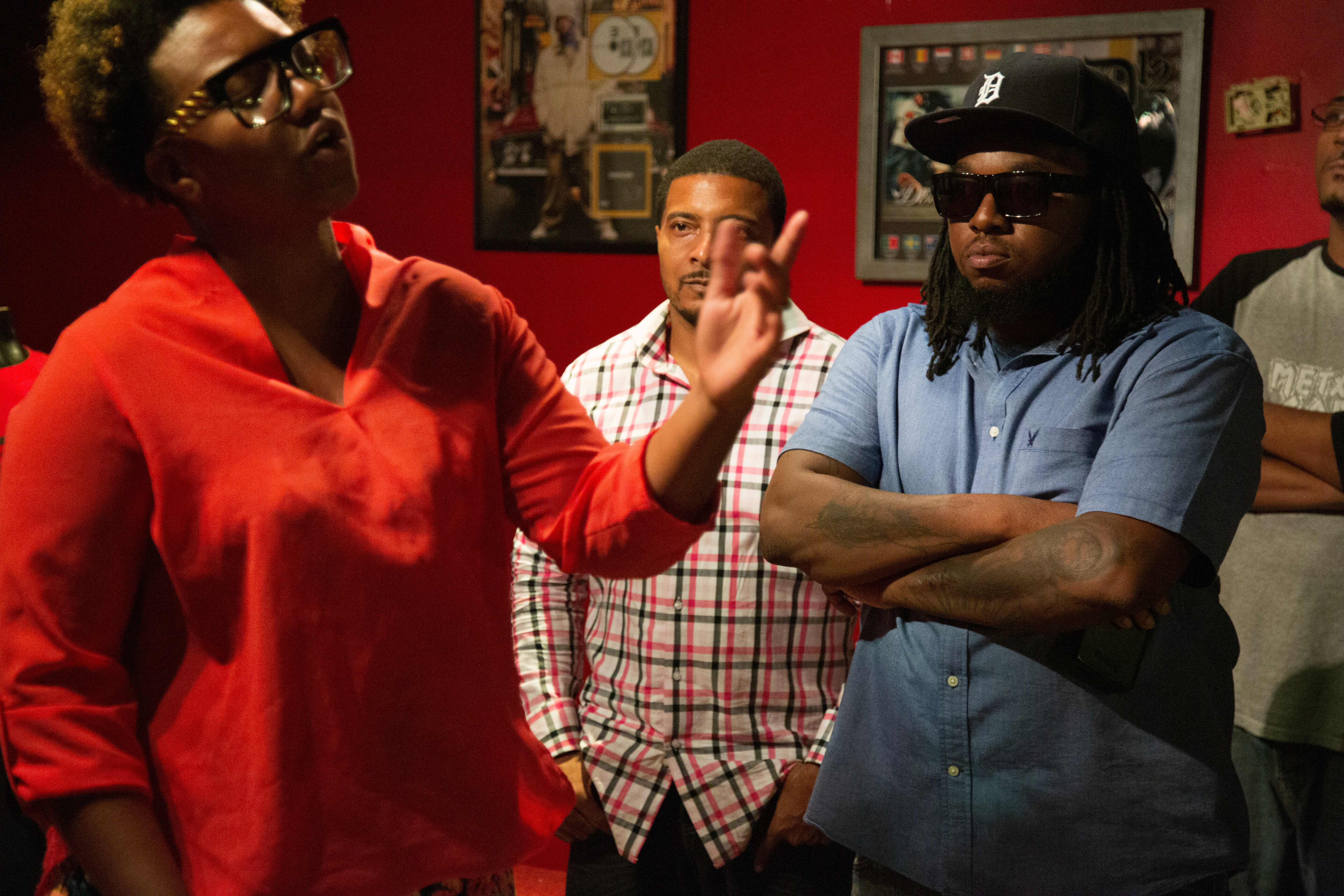What is the cultural impact of AAL?

AAL has influenced American culture and the arts in a number of different domains, such as literature, music and film. In literature, celebrated authors and poets such as Toni Morrison, Alice Walker, Langston Hughes and Zora Neale Hurston all incorporate AAL into their works, demonstrating both the linguistic complexity of AAL as well as the cultural importance their language has for African Americans specifically and American culture more broadly. Though it would be impossible to actually represent AAL as linguists would (the vast majority of people  cannot read the international phonetic alphabet, and even if they could, it wouldn’t be very enjoyable), authors such as the ones mentioned above are skilled at using eye-dialect, which is to say that the way something is written appeals to the eye rather than the ear that indicates pronunciation and grammatical structures that are indicative of a language variety, in this case AAL. This is actually quite difficult to accomplish, as too much eye-dialect can render a work incomprehensible by the reader, and too little may not demonstrate the features intended. Eye-dialect can also be used to show certain pragmatic strategies as well. Though there is no established spelling conventions for AAL in literature, there are ways in which these authors use similar strategies to represent AAL faithfully.
cannot read the international phonetic alphabet, and even if they could, it wouldn’t be very enjoyable), authors such as the ones mentioned above are skilled at using eye-dialect, which is to say that the way something is written appeals to the eye rather than the ear that indicates pronunciation and grammatical structures that are indicative of a language variety, in this case AAL. This is actually quite difficult to accomplish, as too much eye-dialect can render a work incomprehensible by the reader, and too little may not demonstrate the features intended. Eye-dialect can also be used to show certain pragmatic strategies as well. Though there is no established spelling conventions for AAL in literature, there are ways in which these authors use similar strategies to represent AAL faithfully.
AAL can also be found throughout American music in genres such as the blues, jazz, rock ‘n roll and hip hop. African American Language (AAL) has a rich tradition of using language as a main tool in many cultural modes, from the Dozens to Call and Response, which can be heard in the blues by artists such as Charley Patton, Robert Johnson, and W.C. Handy. The blues can be traced back to the music of Africa as well as spirituals of religious music of early African Americans in the United States. Another genre of music, jazz, also incorporates aspects of AAL in its structure. For example, singers such as Billie Holliday and Ella Fitzgerald incorporated blues structures and traditions into jazz arrangements. Another example of AAL in jazz can be seen in scat singing, where AAL syllable structures are overlaid and interplay with the musical structure of jazz, linking oral traditions with music traditions of early African Americans.
In addition to music, AAL oral traditions also are found in religious and political arenas. For instance, Barack Obama and Dr. Martin Luther King Jr. represent excellent examples. With respect to the former president, Barack Obama, much has been made about his ability to style-shift and participate in both AAL traditions and MAE conventions, based on the situation (see Alim and Smitherman 2012). Dr. Martin Luther King Jr. was also a leader who was able to navigate these spaces in linguistically sophisticated and important ways. In a 2016 American Speech article by Walt Wolfram and colleagues, The Significance of Linguistic Variation in the Speech of Dr. Martin Luther King, Jr., the researchers uncovered the ways in which Dr. King used language in different social settings. In the excerpt below from Talking Black in America, Walt Wolfram discusses this research, relating the African American oral tradition to AAL and society:
Hip Hop has been a major music genre for several decades, not just in the United States but throughout the world. Hip Hop Nation Language has come to represent “the language and language use within Hip Hop Nation (HHN)” (Alim 2015: 850), the community whose members appreciate and practice the culture of Hip Hop (Alim 2015). Almost since the beginning of Hip Hop, researchers have been interested in the expressive nature of this variety, and over the last fifteen to twenty years, scholars have become increasingly interested in HHNL and its undeniable relationship to AAL as well as “the linguistic systems and cultural modes of discourse that both derive from and reinvent the African American Oral Tradition” (Alim 2015: 850), which is highlighted by the experiences and views of individuals in the video below from Talking Black in America.
For a more depth discussion about Hip Hop Nation Language please visit: http://www.pbs.org/speak/words/sezwho/hiphop/reprint/